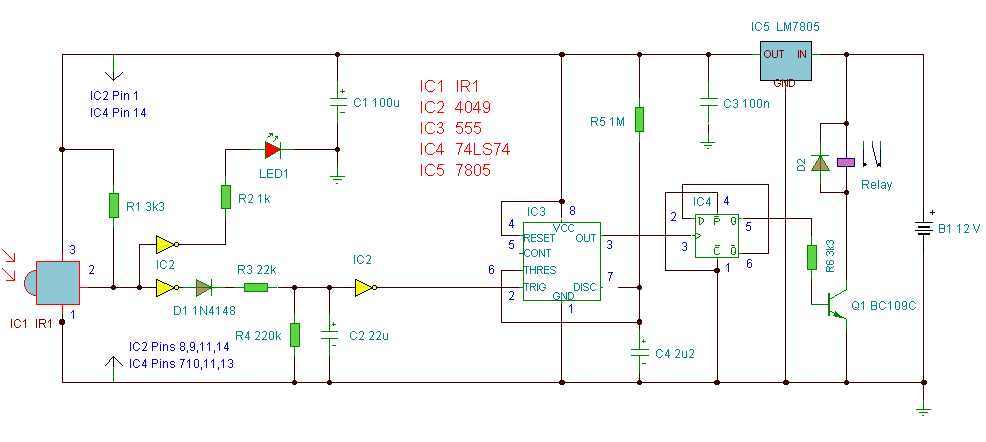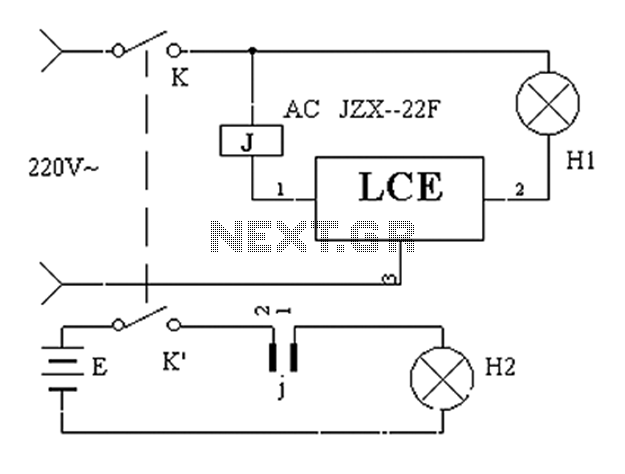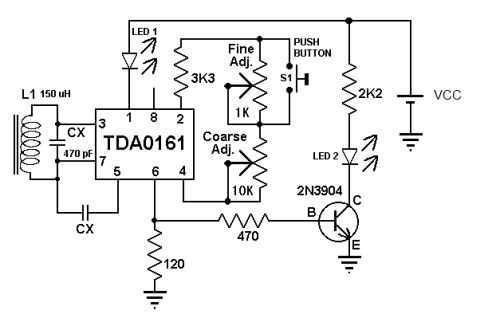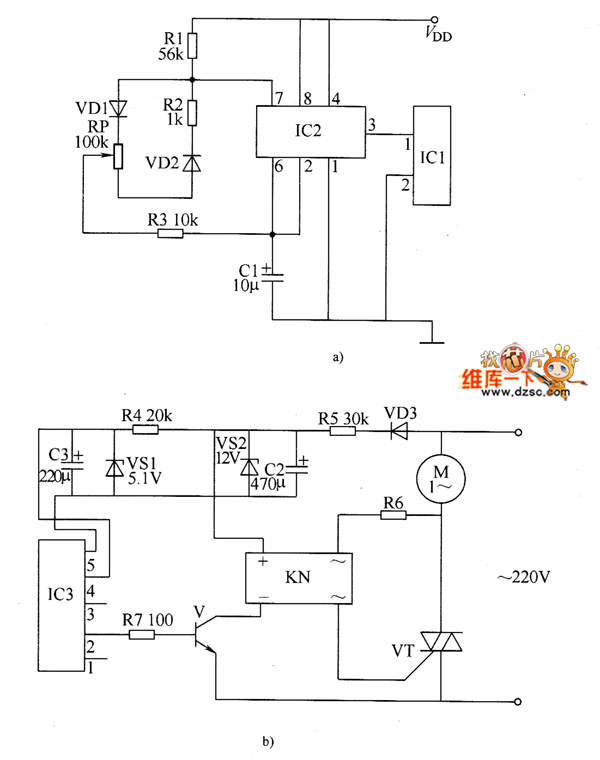
Flow DC solenoid circuit operation
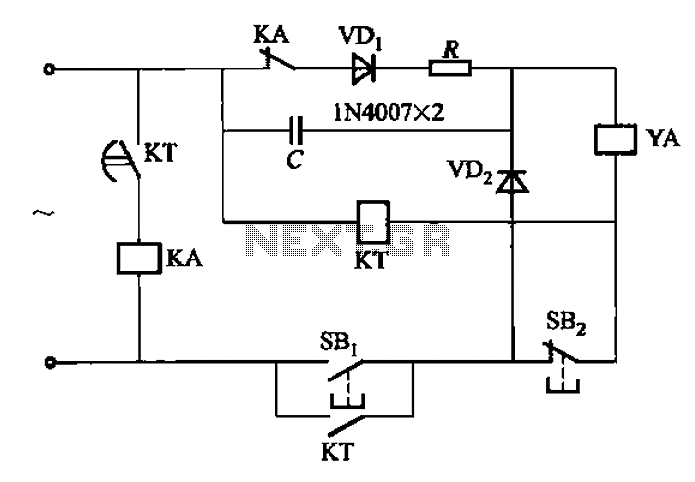
AC solenoid DC circuit operation operates similarly to a DC contactor circuit, but the AC solenoid pull circuit is illustrated in the provided figure. The capacitance C is generally between 1-10 microfarads (µF), with a minimum of 20 microfarads (µF) and a maximum of 400V. The current limiting resistor R typically ranges from 3 to 12 ohms (Ω), with a minimum value of 30 ohms (Ω).
The operation of the AC solenoid in a DC circuit is based on the principles of electromagnetic induction and the characteristics of AC and DC currents. An AC solenoid is designed to operate with alternating current, utilizing the alternating magnetic field to actuate the solenoid's plunger. In contrast, when used in a DC circuit, the solenoid must be carefully managed to prevent overheating and ensure reliable operation.
The circuit typically includes a solenoid coil, which is connected to an AC power source. A capacitor (C) is included in the circuit to improve the power factor and stabilize the voltage across the solenoid. The capacitance value is crucial, as it affects the timing and response of the solenoid. Values between 1-10 µF are standard, with higher capacitance values providing smoother operation under varying load conditions.
Additionally, a current limiting resistor (R) is incorporated to protect the solenoid from excessive current that could lead to damage. The resistor value is selected based on the solenoid's specifications and the voltage supply, with a typical range of 3-12 Ω, ensuring that the solenoid operates within its rated current limits.
In practical applications, this configuration allows for the integration of AC solenoids in systems where DC control is necessary, enabling versatility in automation and control systems. Proper selection of components and careful circuit design are essential to ensure reliable operation and longevity of the solenoid in both AC and DC applications.AC solenoid DC circuit operation DC operation AC contactor circuit on the same principle, but the AC solenoid pull circuit as shown in FIG. Capacitance C- generally from 1-lOy, F (minority 20f) cF), 400V, current limiting resistor R- like to 3-12tl (minority 30fl).
The operation of the AC solenoid in a DC circuit is based on the principles of electromagnetic induction and the characteristics of AC and DC currents. An AC solenoid is designed to operate with alternating current, utilizing the alternating magnetic field to actuate the solenoid's plunger. In contrast, when used in a DC circuit, the solenoid must be carefully managed to prevent overheating and ensure reliable operation.
The circuit typically includes a solenoid coil, which is connected to an AC power source. A capacitor (C) is included in the circuit to improve the power factor and stabilize the voltage across the solenoid. The capacitance value is crucial, as it affects the timing and response of the solenoid. Values between 1-10 µF are standard, with higher capacitance values providing smoother operation under varying load conditions.
Additionally, a current limiting resistor (R) is incorporated to protect the solenoid from excessive current that could lead to damage. The resistor value is selected based on the solenoid's specifications and the voltage supply, with a typical range of 3-12 Ω, ensuring that the solenoid operates within its rated current limits.
In practical applications, this configuration allows for the integration of AC solenoids in systems where DC control is necessary, enabling versatility in automation and control systems. Proper selection of components and careful circuit design are essential to ensure reliable operation and longevity of the solenoid in both AC and DC applications.AC solenoid DC circuit operation DC operation AC contactor circuit on the same principle, but the AC solenoid pull circuit as shown in FIG. Capacitance C- generally from 1-lOy, F (minority 20f) cF), 400V, current limiting resistor R- like to 3-12tl (minority 30fl).

